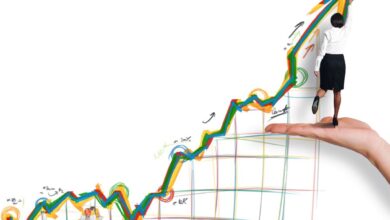Crude Oil Futures And The Volatility Index

In the intricate web of global financial markets, two pivotal indicators stand out for their profound impact on economic perceptions and investor behavior: Crude Oil Futures (CL=F) and the Volatility Index (VIX). These benchmarks are not just mere numbers on a screen, they are the pulse and the psyche of the market, offering a window into the world’s economic vitality and the mood swings of the investment community. Crude Oil Futures, a cornerstone in the commodity trading arena and the Volatility Index, a barometer of market nerves, together weave a narrative that is critical for anyone engaged in economic analysis or investment decision-making.
The significance of Crude Oil Futures cannot be overstated. As a vital commodity that greases the wheels of the global economy, its price movements are closely scrutinized. This enterprise’s influence stretches far and wide, touching upon industries such as transportation and manufacturing and by extension, the everyday cost of goods and services. The ripple effects of its volatility are felt across inflation rates, consumer expenditure and the strategic monetary policies of nations’ central banks. The myriad factors influencing its pricing, from geopolitical strife to the ebb and flow of supply and demand, not to mention the rapid pace of innovation in energy extraction and production, render it a complex however fascinating subject for economic strategists and market watchers.
Conversely, the Volatility Index, often dubbed the market’s “fear gauge,” offers a lens through which the undercurrents of investor sentiment can be viewed. This metric, by gauging expectations of market turbulence through S&P 500 index options, serves as a crucial indicator of the collective investor mindset. A surge in the VIX suggests a brewing storm of uncertainty and fear, typically heralding a downturn in market fortunes. In contrast, a subdued VIX level is indicative of investor confidence, hinting at a stable or bullish outlook for the market. This institution’s readings are invaluable for deciphering the psychological drivers behind market movements, providing clues to impending shifts in the investment landscape.
The intricate dance between the fluctuations in crude oil prices and the swings in stock market volatility paints a vivid picture of the global economic scene. The causality between these two can be cyclical: significant movements in energy prices can sway the VIX by altering expectations for corporate profitability and economic growth. Similarly, spikes in market volatility can send shockwaves through the commodities market, influencing crude oil prices by changing the risk tolerance of investors and speculators. This dynamic interplay sheds light on the broader economic and market conditions, highlighting how intertwined and reactive these sectors are to each other and to external pressures.
The dialogue between Crude Oil Futures and the Volatility Index encapsulates the essence of global economic and market dynamics. These indicators are more than just metrics, they are the harbingers of economic change, reflecting the current state of affairs while also forecasting future trends. For analysts, investors and policymakers, understanding the forces driving these indicators is paramount in navigating the complexities of the global economy. The world continues to confront new economic challenges, the relevance and importance of these benchmarks endure, emphasizing the interconnectedness of markets and the economy at large.



